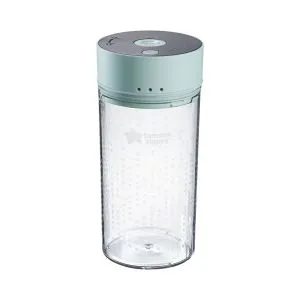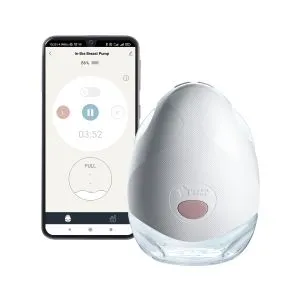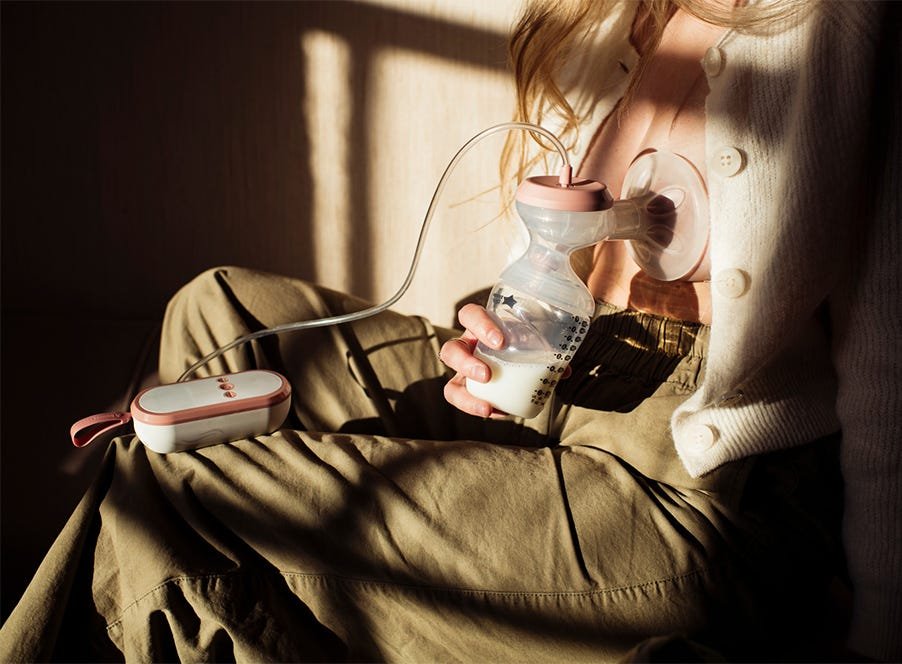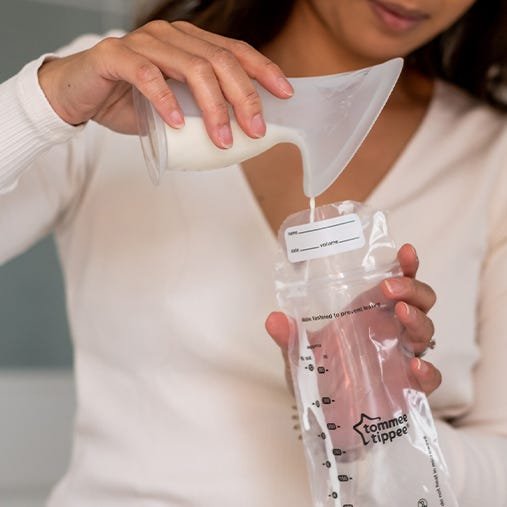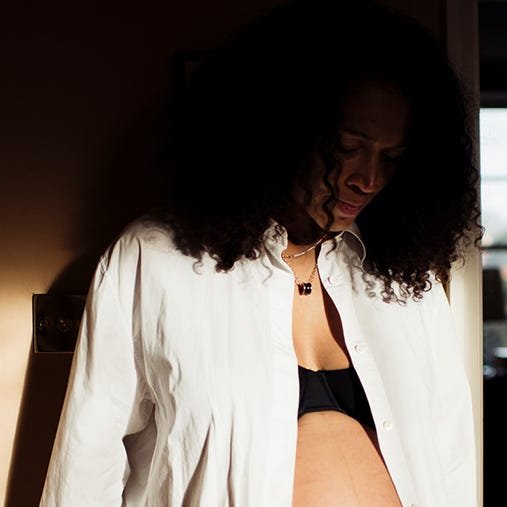Newborn babies need to be fed 'on demand' - every couple of hours through the day and night. Expressing breast milk using a breast pump can help new parents get on top of their breastfeeding schedule. It also means that other people (like partners, relatives, or friends) can support with feeding sessions.
To help you out, let's cover how often you can pump and how much breast milk can be expressed during each pumping session.
When should I use a breast pump?
It's recommended that you don't start using an electric or manual breast pump during your pregnancy. You should wait until after your baby is born. But once they arrive, it's up to you when you start to use your breast pump!
Some parents get started with pumping right away and use their pump to kick-start their breast milk supply if their little one is healthy and born full-term. Others may wait a few weeks to start pumping and storing breast milk so that they have plenty of time to settle into steady a breastfeeding routine with their new baby.
However, parents whose babies are born prematurely or who can't breastfeed directly for any reason are often advised to begin pumping within six hours of birth.
How much breast milk can you pump and how often?
It can help to think of expressing breast milk as a supply and demand process. Put simply, the more you empty your breasts, the more breast milk your body will produce.
You should try to pump as often as your baby feeds. Frequent expressing as well as suckling from your baby will help your breast milk come in and evolve from highly concentrated colostrum to mature milk that's thinner and whiter in colour.
At first, you can aim to pump at least eight to 10 times over 24 hours, feeding your little one every two to three hours, and fitting in one pumping session during the night when you're awake.
It's worth bearing in mind that the number of pumping sessions you're able to do is more important than the total amount of time you spend pumping per session. So, even if you only have a few minutes spare to pump, it's all worth it!
How much milk can you pump in one session?
A good breast-pumping session can last anywhere between 15 and 45 minutes, but you'll find that each session will vary. However long you pump for, you should try to continue until the flow of your breast milk slows and your breasts feel comfortable and well-drained.
At first, you'll find that your early pumping sessions will yield a small amount of milk. But don't worry, your newborn only needs small feeds at first, because their stomach is only around the size of a cherry!
At one month old, a baby's stomach is about the size of a large egg. As their tummy grows, the amount of breast milk you're able to collect with each pump will gradually increase until you get into a steady routine of feeding and pumping.
You may not notice a huge change in the amount of breast milk you collect over time, but breast milk is clever stuff. Its composition and calorie count changes and adapts alongside your baby's development over time, so the same volume of milk is sufficient for a baby as they continue to grow.
What is the average amount of milk expressed while pumping?
If you're exclusively pumping breast milk, you can expect to collect around 25-30oz every 24 hours. However, this can vary based on the time of the day and the age of your baby.
Remember that every feeding journey is unique. The frequency of pumping sessions and the amount of breast milk collected varies from one parent to the next. So, try not to compare yourself to others, and don't hesitate to reach out to a medical professional or a lactation consultant if you need support.
How much expressed breast milk can I store?
The amount of breast milk you choose to store in the fridge or freezer will ultimately depend on your schedule and lifestyle factors, like going back to work or spending some time away from your little one for whatever reason.
Once you're in tune with your baby's feeding schedule, you'll be good at judging how much milk you need to keep in storage.
